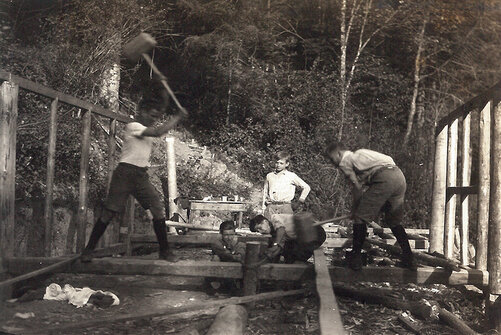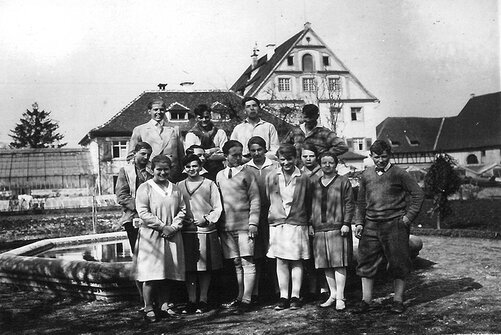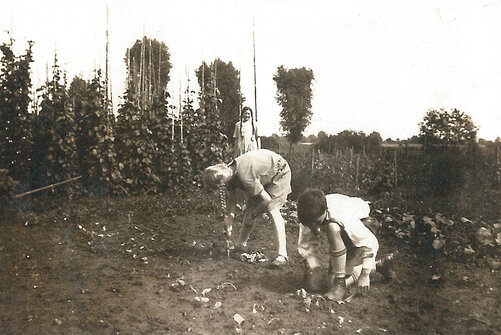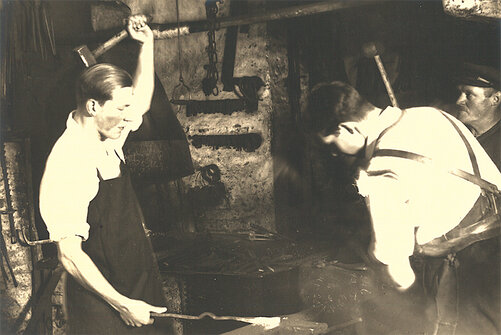Daily Life at Salem One Hundred Years Ago
One week after the inaugural ceremony in the historical monastery and castle library on 14 April 1920 classroom instruction began at Schule Schloss Salem. The first 28 pupils presented themselves on 21 April 1920. Only eight pupils resided initially within the castle, since the school was also intended as a day school for secondary school students from the nearby villages. Salem distinguished itself from other contemporary educational establishments through its refreshingly progressive educational ideas – not least by offering co-education, or joint instruction for boys and girls. And the mere cramming of minds was not the goal of the school founders, Max of Baden and Kurt Hahn. Alongside intellectual pursuits, no less attention was given to fostering individual talents and interests and engagement within the community. Early on there were already forms of student self-government such as the “Helfer” (helpers) or “Farbentragende” (colour-bearers), who were advisors on the introduction of school rules. This opportunity for co-determination enabled the school to become a “school-state” in which students were able to take on responsibility commensurate with their own development.
Political Education and Farm Work
Students responded very positively to this approach to education. Wilhelm Jensen, one of the first students and the grandson of school director Karl Reinhardt, wrote enthusiastically in letters to his parents about his chemistry class, for example, in which learners were allowed to conduct their own experiments, or about Kurt Hahn’s class on civic education: “We are able to develop ourselves politically.” Along with theatre rehearsals, musical performances, excursions and athletic events, all of the students took part in local farm work. They helped out with the harvest, which in turn helped to supply the school with food. This concept was geared toward a holistic education involving head, heart and hand.
Brigitte Mohn, Kurt-Hahn-Archiv



